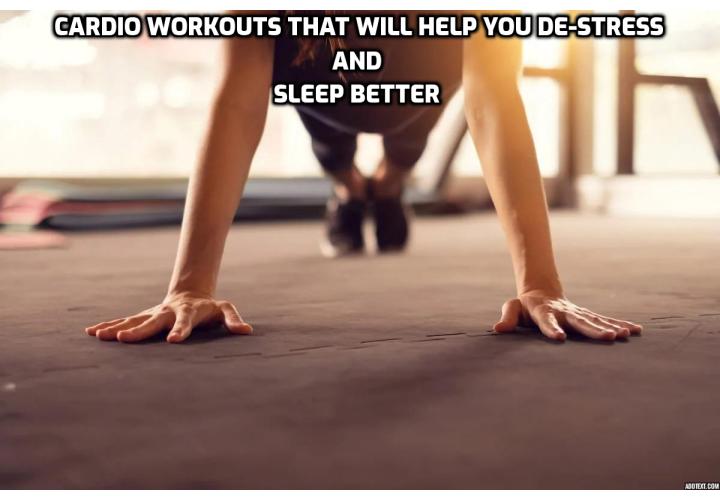
Click HERE to Discover the Secrets of Sleeping Better and Beating Stress
Introduction
Are you tired of tossing and turning at night, unable to get the restful sleep you deserve? It’s time to unlock better sleep with expert tips for quality rest.
In this comprehensive guide, we’ll explore proven strategies to optimize your sleep and wake up feeling refreshed and revitalized each morning.
Understanding the Importance of Quality Sleep
Quality sleep is essential for overall health and well-being. It plays a crucial role in cognitive function, emotional balance, and physical health. Yet, many people struggle to achieve the recommended seven to nine hours of sleep each night.
By implementing expert tips and techniques, you can enhance your sleep quality and reap the numerous benefits it offers.
Exploring the Science of Sleep
To understand how to improve your sleep, it’s essential to delve into the science behind it. Sleep is a complex process regulated by various factors, including circadian rhythms, sleep cycles, and neurotransmitters. By optimizing these factors, you can achieve deeper, more restorative sleep.
Creating an Ideal Sleep Environment
Creating a conducive sleep environment is vital for quality rest. Your bedroom should be a sanctuary dedicated to relaxation and sleep.
Here are some expert tips for optimizing your sleep environment:
- Invest in a comfortable mattress and pillows: Choose a mattress and pillows that provide adequate support and comfort for your body.
- Control light and noise: Minimize exposure to light and noise disturbances by using blackout curtains and white noise machines.
- Maintain a comfortable temperature: Keep your bedroom cool and comfortable to promote restful sleep.
Establishing a Consistent Sleep Routine
Consistency is key when it comes to achieving quality sleep. By establishing a regular sleep routine, you can train your body to recognize when it’s time to wind down and prepare for rest.
Follow these steps to develop a healthy sleep routine:
- Set a consistent bedtime and wake-up time: Aim to go to bed and wake up at the same time every day, even on weekends.
- Limit screen time before bed: Avoid exposure to electronic devices such as smartphones and computers, as the blue light emitted can disrupt your sleep-wake cycle.
- Practice relaxation techniques: Engage in relaxation activities such as reading, meditating, or taking a warm bath before bedtime to signal to your body that it’s time to unwind.
Prioritizing Sleep Hygiene
Sleep hygiene refers to the habits and practices that promote healthy sleep. By adopting good sleep hygiene practices, you can optimize your sleep quality and wake up feeling more refreshed.
Here are some expert tips for improving sleep hygiene:
- Limit caffeine and alcohol intake: Avoid consuming caffeine and alcohol close to bedtime, as they can interfere with your ability to fall asleep and stay asleep.
- Create a bedtime ritual: Establish a relaxing bedtime routine to signal to your body that it’s time to sleep. This could include activities such as dimming the lights, listening to calming music, or practicing deep breathing exercises.
- Manage stress: Chronic stress can negatively impact sleep quality. Practice stress-reduction techniques such as mindfulness meditation, yoga, or journaling to promote relaxation and improve sleep.
Incorporating Healthy Sleep Habits
In addition to optimizing your sleep environment and routine, incorporating healthy sleep habits into your lifestyle can further enhance your sleep quality.
Here are some expert tips for cultivating healthy sleep habits:
- Exercise regularly: Regular physical activity can improve sleep quality and duration. Aim to engage in moderate-intensity exercise, such as brisk walking or cycling, for at least 30 minutes most days of the week.
- Eat a balanced diet: Avoid heavy meals, caffeine, and spicy foods close to bedtime, as they can disrupt sleep. Instead, opt for light, nutritious snacks that won’t interfere with your sleep.
- Limit naps: While short naps can be beneficial, especially for combating daytime fatigue, avoid napping for too long or too late in the day, as it can interfere with your ability to fall asleep at night.
Frequently Asked Questions (FAQs)
What are the common causes of poor sleep quality?
Poor sleep quality can be caused by various factors, including stress, anxiety, poor sleep habits, and underlying health conditions such as sleep apnea and insomnia.
How can I improve my sleep quality naturally?
You can improve your sleep quality naturally by establishing a consistent sleep routine, creating a conducive sleep environment, practicing relaxation techniques, and incorporating healthy sleep habits into your lifestyle.
Is it okay to use sleep aids to improve sleep quality?
While sleep aids may provide temporary relief for sleep disturbances, it’s essential to address the underlying causes of poor sleep quality. Consult with a healthcare professional before using sleep aids, as they may have side effects and potential risks.
How does diet affect sleep quality?
Diet plays a significant role in sleep quality. Consuming heavy meals, caffeine, and alcohol close to bedtime can disrupt sleep, while a balanced diet rich in fruits, vegetables, and whole grains can promote better sleep.
Can stress and anxiety affect sleep quality?
Yes, stress and anxiety can significantly impact sleep quality. Chronic stress can lead to insomnia and other sleep disturbances. Practicing stress-reduction techniques such as mindfulness meditation and deep breathing exercises can help improve sleep quality.
What role does technology play in sleep quality?
Technology can both positively and negatively impact sleep quality. While electronic devices such as smartphones and computers can disrupt sleep due to blue light exposure, certain technologies such as sleep tracking devices and white noise machines can aid in improving sleep quality.
Watch this video – 6 tips for better sleep | Sleeping with Science, a TED series
Conclusion
Unlocking better sleep is achievable with the right strategies and techniques. By prioritizing sleep hygiene, creating an ideal sleep environment, and incorporating healthy sleep habits into your lifestyle, you can optimize your sleep quality and wake up feeling refreshed and rejuvenated each morning.
Remember, quality sleep is essential for overall health and well-being. By implementing these expert tips, you can transform your sleep and experience the countless benefits of restorative rest.
Click HERE to Discover the Secrets of Sleeping Better and Beating Stress



















